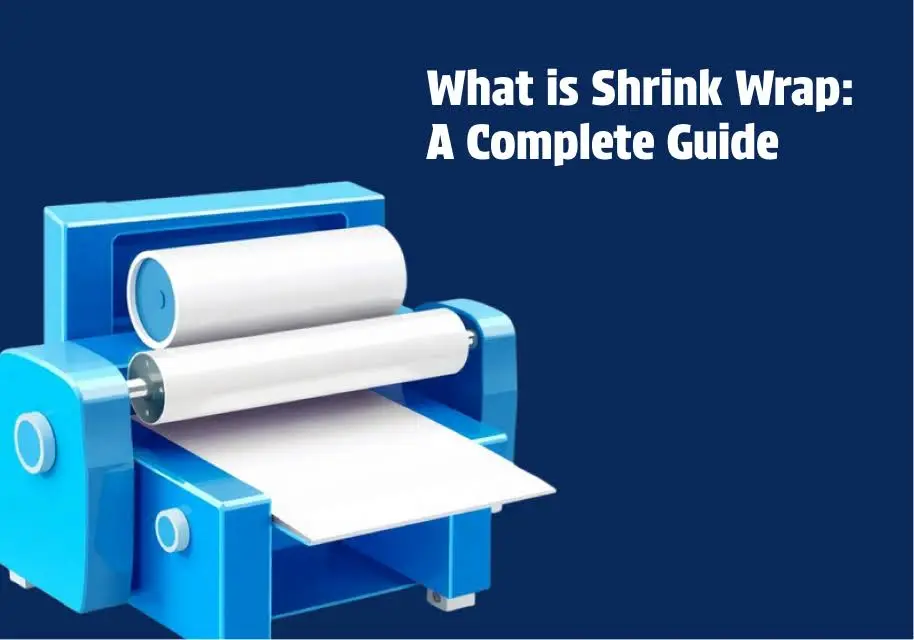Packaging challenge? You work hard to make quality products. But getting them safely to customers can be a challenge. Damage, dust, or moisture during storage or shipping can cost you money and hurt your reputation. Weak packaging can make things worse.
That's why knowing what shrink wrap, and how to use it right matters. Shrink wrap is a plastic film that tightens around your products when heat is applied. It creates a clear, strong cover that protects your goods and keeps them clean.
The global plastic shrink wrap market is expected to reach USD 3.3 billion in 2025, with polyethylene making up about 46.5% of that share. Many manufacturers choose it because it is reliable, cost-effective, and works for products of various shapes and sizes.
In this guide, you’ll learn the types of shrink wrap, how it works, and the best ways to use it in your production.
TL;DR
- Shrink wrap is a heat-shrinkable plastic film that tightly seals products, protecting them from dust, moisture, and damage during storage or shipping.
- Materials like PVC, polyolefin, polyethylene, and polypropylene offer varying strength, clarity, and durability to suit different products and industries.
- Using the right equipment, manual heat guns, FP560, FP6000, or BP600 machines, ensures consistent, efficient, and professional packaging.
- Shrink wrap improves product presentation, adds tamper evidence, saves space, and reduces packaging costs, making it a versatile choice for manufacturers.
Understanding Shrink Wrap
When you ask what shrink wrap is, you're talking about a polymer plastic film that tightens around a product when heat is applied. The heat causes the film to contract, fitting snugly to the contours of the item. This creates a secure layer that protects your goods from dust, dirt, and moisture during storage or shipping.
Materials Used in Shrink Wrap

Shrink wrap comes in different materials, each suited for specific applications:
- PVC – Lightweight, clear, and cost-effective.
- Polyolefin – Strong, food-safe, and versatile for retail or industrial packaging.
- Polyethylene – Tear-resistant and durable, ideal for heavy-duty packaging.
- Polypropylene – High clarity with strong chemical resistance.
Choosing the right material ensures your products get the best protection and presentation.
How It Differs from Similar Products
If you need a tight, heat-sealed fit for protection, branding, or tamper resistance, shrink wrap is the right choice.
For manufacturers, the right shrink wrap solution can protect your products, improve presentation, and maintain quality during transport or storage. Choosing the correct material and application method is key to getting the best results.
How Shrink Wrap Works
After selecting the right film for your product, the process involves three main steps, wrapping, sealing, and shrinking. You place the product inside the film, seal any open edges to enclose it, and then apply heat using a heat gun for smaller jobs or a shrink tunnel for continuous production lines.
When heat is applied, the polymer chains in the film respond to their original manufacturing orientation. This "memory" causes the material to contract uniformly, molding tightly around the product's shape. As it cools, the film becomes rigid, forming a secure layer that holds the contents together and protects them from dust, moisture, and handling damage.
Using the right equipment ensures this process is fast, consistent, and visually appealing:
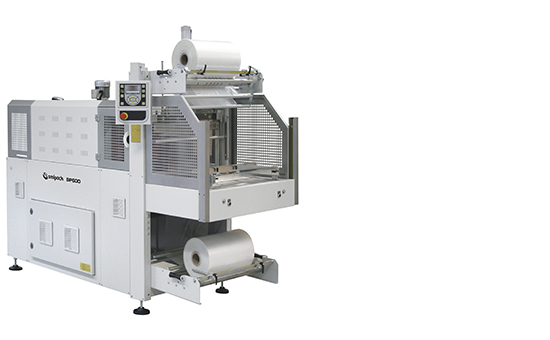
- Smipack BP600 – Ideal for bundling multipacks, cases, and larger products
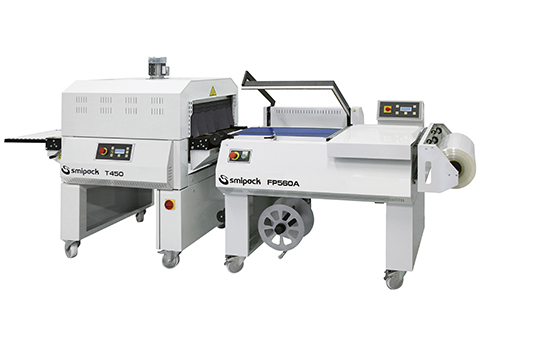
- Smipack FP560 – Compact, reliable choice for smaller-scale or custom packaging needs.

- Smipack FP6000 – Designed for high-volume operations where continuous speed and uniform results are essential
These machines help you maintain precise heat control, reduce film waste, and achieve a professional finish that holds up through shipping, storage, and retail display.
Key Characteristics of Shrink Film
Choosing the right shrink film is essential for both product protection and presentation. High-quality shrink films combine several performance traits that make them suitable for a wide range of applications.
- Clarity – A clear, glossy finish keeps the product visible, allowing for easy inspection while enhancing shelf appeal. This is especially valuable in retail packaging, where customers rely on visual confirmation of what they are buying.
- Tear Resistance – Strong films maintain their integrity during packing, transport, and handling, preventing costly damage or repackaging. This is particularly important for heavy or irregularly shaped items.
- Moisture Resistance – Acts as a barrier against spills, condensation, and high-humidity environments, protecting sensitive goods like electronics, books, and food items.
- Multiple Gauges – Available in thicknesses from 60 to 100 gauge, allowing you to choose the right level of protection for everything from lightweight retail products to heavy industrial components.
- Custom Branding – Can be printed with brand logos, product information, or promotional designs to turn packaging into a marketing asset.
John Maye Company supplies shrink films in various gauges and widths, with material options including polyolefin for general retail use, PVC for lightweight applications, polypropylene for clarity and stiffness, and LLDPE for heavy-duty or pallet wrapping. These films are compatible with their full range of shrink wrap machines for a reliable, professional finish.
Benefits of Using Shrink Wrap
Shrink wrap offers multiple advantages for manufacturers, making it a go-to packaging solution across industries.
- Product Protection – The tight seal shields items from dust, moisture, and contaminants during storage or transit. For perishable goods, this can help maintain freshness, while for electronics, it prevents static and corrosion.
- Tamper Evidence – A sealed wrap clearly shows if a product has been opened, adding an extra layer of consumer trust—essential in pharmaceuticals, cosmetics, and food packaging.
- Space Efficiency – By eliminating the need for bulky boxes, shrink wrap allows you to store and ship more products in less space, reducing warehouse and freight costs.
- Attractive Presentation – The glossy, transparent finish gives products a professional appearance on shelves, making them more appealing to customers.
- Cost Savings – Shrink wrapping typically uses less material than rigid packaging, lowering both material and shipping expenses.
- Versatility for All Shapes and Sizes – Whether packaging a single item or a multi-pack, shrink film conforms to the product’s shape without the need for custom molds.
When matched with the right equipment, shrink wrap becomes even more efficient. For example, the FP560 is ideal for small to mid-volume operations, while the FP6000 handles higher production speeds without compromising seal quality. Choosing the right combination of film and machinery ensures consistent, high-quality results every time.
Applications Across Industries
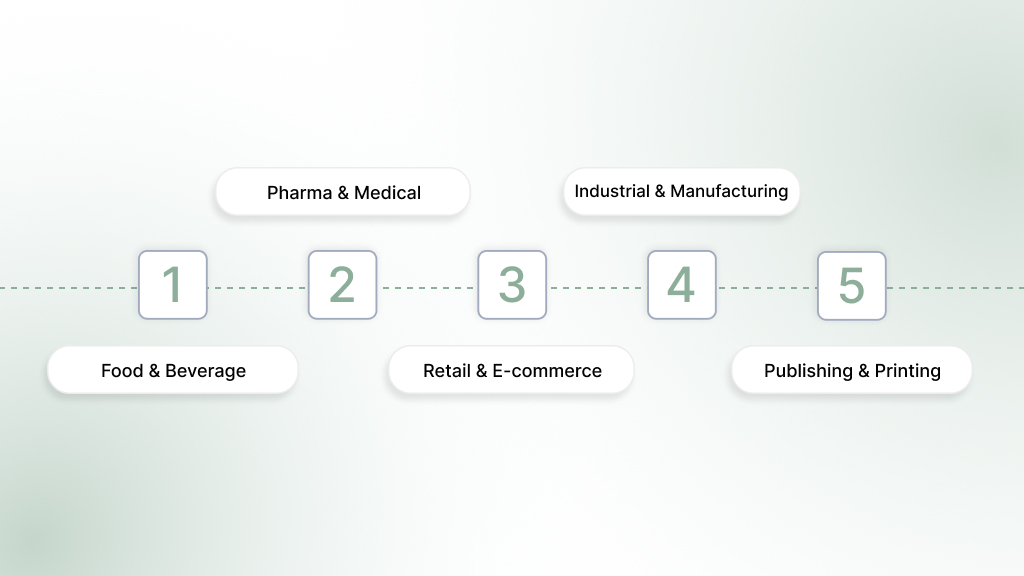
Shrink wrap delivers both protection and presentation, making it an ideal choice for a variety of industries. Here’s a deeper look at how manufacturers use it, and which John Maye equipment models suit each scenario best:
1. Food & Beverage
Shrink wrap helps you securely package both retail-ready goods (like bottled beverages, trays of snacks, and frozen meals) and bulk items (like multi-layer cheese or meat packs). Clear polyolefin film ensures your products remain visible and hygienic. For fast and reliable sealing, consider the Smipack BP600, perfect for wrapping multiple trays or large items efficiently.
2. Pharma & Medical
In pharmaceutical packaging, maintaining sterility and showing tamper evidence are essential. Shrink wrap, especially when applied via a temperature-controlled shrink tunnel, protects items like diagnostic kits, blister packs, and sterile tools without compromising integrity. A machine like the Smipack FP560 gives you precise control, ideal for sensitive medical supplies.
3. Retail & E-commerce
Retailers often use shrink wrap to bundle promotional items, limited-edition kits, or seasonal stock. A neat and glossy wrap enhances visual appeal and protects products in transit. For small to mid-sized operations, the Smipack FP6000 delivers the speed and flexibility you need for varying product sizes.
4. Industrial & Manufacturing
Shrink wrapping tools, spare parts, and heavy components keep them clean, safe, and ready for shipment. Polyethylene film offers the added durability required in industrial environments. For continuous, high-volume wrapping of large or heavy items, the Smipack BP600 stands out as a robust solution.
5. Publishing & Printing
Shrink wrap helps your printed materials, books, catalogs, and manuals arrive without dust marks or fingerprints. For small print runs, compact machines like the Smipack FP560 work efficiently. If you need higher throughput, the Smipack FP6000 can handle bulk packaging while maintaining clean, uniform results.
Choosing the Right System for Your Production Volume
- Light to medium scale: Choose the FP560 for precision wrapping of smaller or varied-sized products.
- High throughput operations: Opt for the FP6000 for fast, automated wrapping.
- Large or multipack formats: The BP600 delivers power, reliability, and consistent sealing for heavier or oversized items.
Selecting the right shrink wrap system and pairing it with suitable film materials ensures consistent quality, operational efficiency, and optimal protection for your products.
Cost and Considerations
When you factor in the cost of shrink wrap, it’s important to look beyond the price of the film alone. The total expense depends on a mix of material choice, film thickness, equipment, labor, and storage.
1. Film Type
Different films have different costs and strengths.
- Polyolefin (POF) – Known for its high clarity and flexibility. A preferred choice for retail packaging where product appearance matters. More expensive than PVC but FDA-approved for direct food contact.
- Polyethylene (PE) – Sold in heavier gauges, making it highly durable and cost-efficient for industrial use. Ideal for heavy items like building materials, multipacks, or machinery parts.
Choosing the right film for your application avoids waste and ensures consistent product protection.
2. Film Thickness (Gauge)
Film thickness impacts both performance and cost.
- Thicker films (80–100 gauge) resist tearing and protect heavy loads but are more expensive per roll.
- Thinner films (45–60 gauge) cost less and are suitable for lighter items, but may tear under rough handling.
Match your film gauge to your product’s weight, handling, and shipping conditions.
3. Equipment Investment
The type of machinery you use plays a major role in long-term cost savings.
- Manual tools like heat guns are budget-friendly for small runs.
- Semi-automatic systems such as the Smipack FP560 improve efficiency without the high price of full automation.
- Fully automatic lines like the Smipack FP6000 handle high volumes with minimal labor, reducing per-unit packaging costs over time.
4. Labor and Speed Requirements
For small batch runs, manual tools work well. But if you’re packaging thousands of units, labor can become the largest cost. Automation speeds up output, maintains consistency, and lowers the overall cost per package.
5. Storage and Film Handling
Shrink film performs best when stored correctly:
- Keep it in a cool, dry area away from direct sunlight.
- Avoid temperature extremes that can damage the material.
Damaged or degraded film increases waste and causes costly production delays.
Shrink wrap remains a cost-effective choice for manufacturers needing protection, presentation, and durability. By pairing the right film with efficient equipment, you reduce waste, protect your products, and lower your long-term costs.
Ready to Choose the Right Shrink Wrap?
At John Maye Company, we make selecting the right shrink wrap simple with expert guidance and dependable products. Here’s how we can help:
- Variety of Films: From clear polyolefin for retail to heavy-duty polyethylene for industrial loads, we have the right film for your application.
- Expert Guidance: Our team will recommend the best material, thickness, and machine based on your product’s size, shape, and handling needs.
- High-Quality Equipment: We offer trusted machines like the Smipack FP560, FP6000, and BP600 to make your wrapping process faster and more consistent.
- Cost-Effective Solutions: We help you choose the right combination of film and equipment to reduce waste and keep per-unit costs low.
- Tailored Options: Specialty films, including UV-resistant and anti-static, are available to meet specific packaging requirements.
- Comprehensive Support: We provide ongoing service and advice to keep your packaging line running smoothly.
Let John Maye Company help you find the perfect shrink wrap and equipment for your products. Contact us today to get expert recommendations and explore our complete range of packaging solutions.
FAQs
1. Can shrink wrap be used for both small and large products?
Yes, shrink wrap is highly versatile and can be used for products of all sizes. Whether you are packaging small retail items or large industrial components, the film can adjust to the shape and size of the product, ensuring a secure and protective wrap.
2. What is the difference between shrink wrap and stretch film?
Shrink wrap uses heat to contract and tightly wrap around products, offering a strong, tamper-evident seal. Stretch film, on the other hand, is stretched around items without heat, providing flexibility but not the same level of protection or tamper resistance.
3. How does shrink wrap help with product branding?
Shrink wrap can be printed with logos, product information, and promotional designs, turning your packaging into an extension of your brand. This customization enhances the visual appeal of your products and can attract customers with eye-catching displays.
4. What factors affect the strength and durability of shrink wrap?
The strength and durability of shrink wrap depend on the film's material, thickness (gauge), and the sealing process. Choosing the right material (e.g., polyolefin, polyethylene) and the appropriate gauge ensures that your products are protected from damage during storage or shipping.
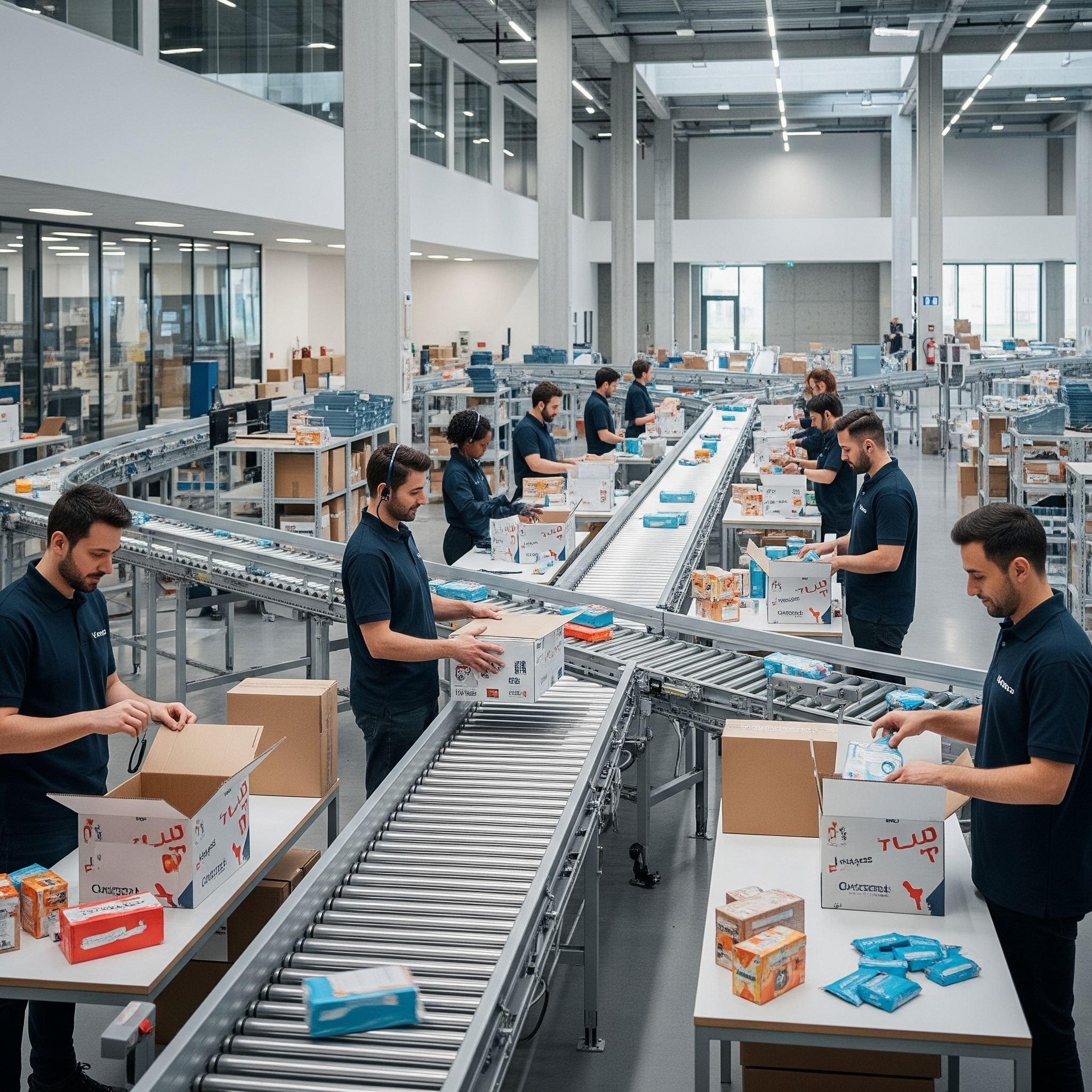
Blogs
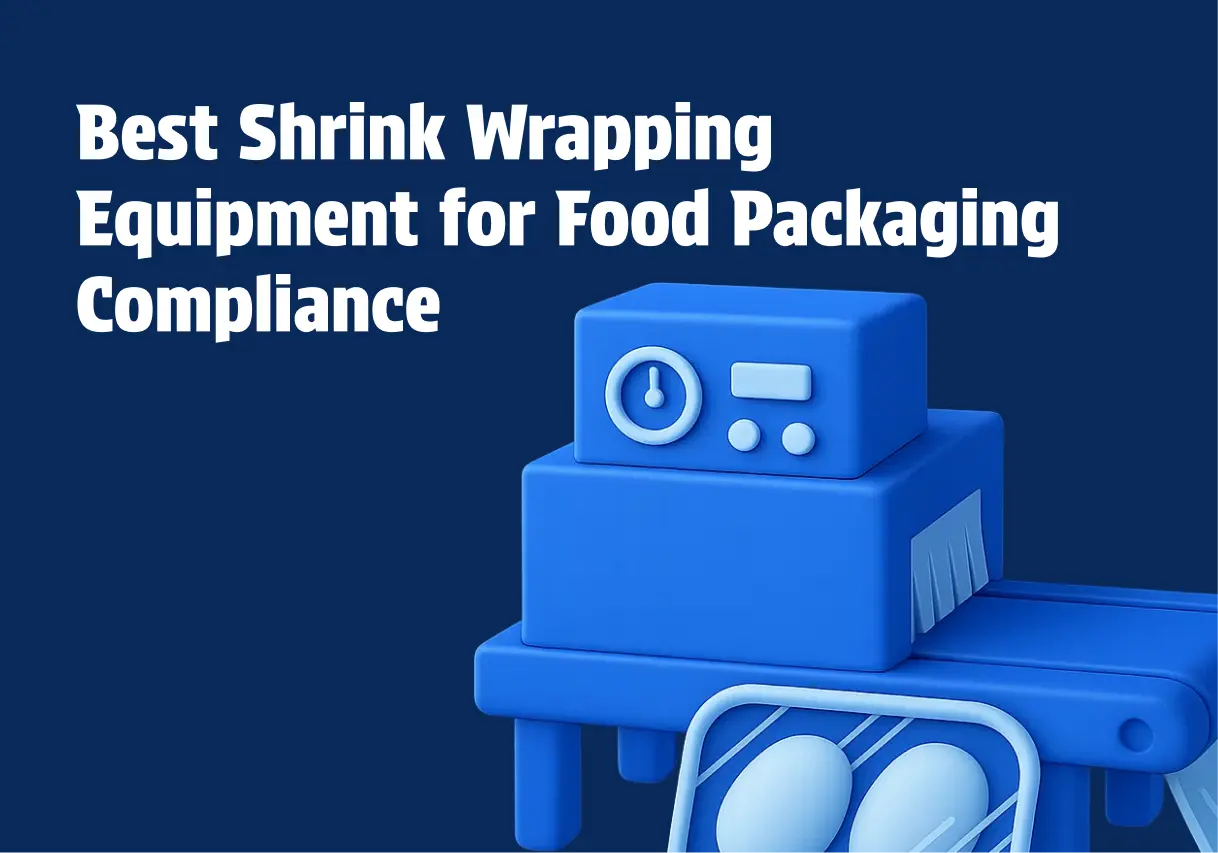
Best Shrink Wrap Machines for Your Business
Discover the best shrink wrapping equipment for food packaging compliance. Conflex offers high automation. Increase efficiency now!

Top Banding Machines for Packaging Solutions
Find top banding machines for small to mid-size packaging lines! Discover flexible automation options and sustainability features. Optimize efficiency today!
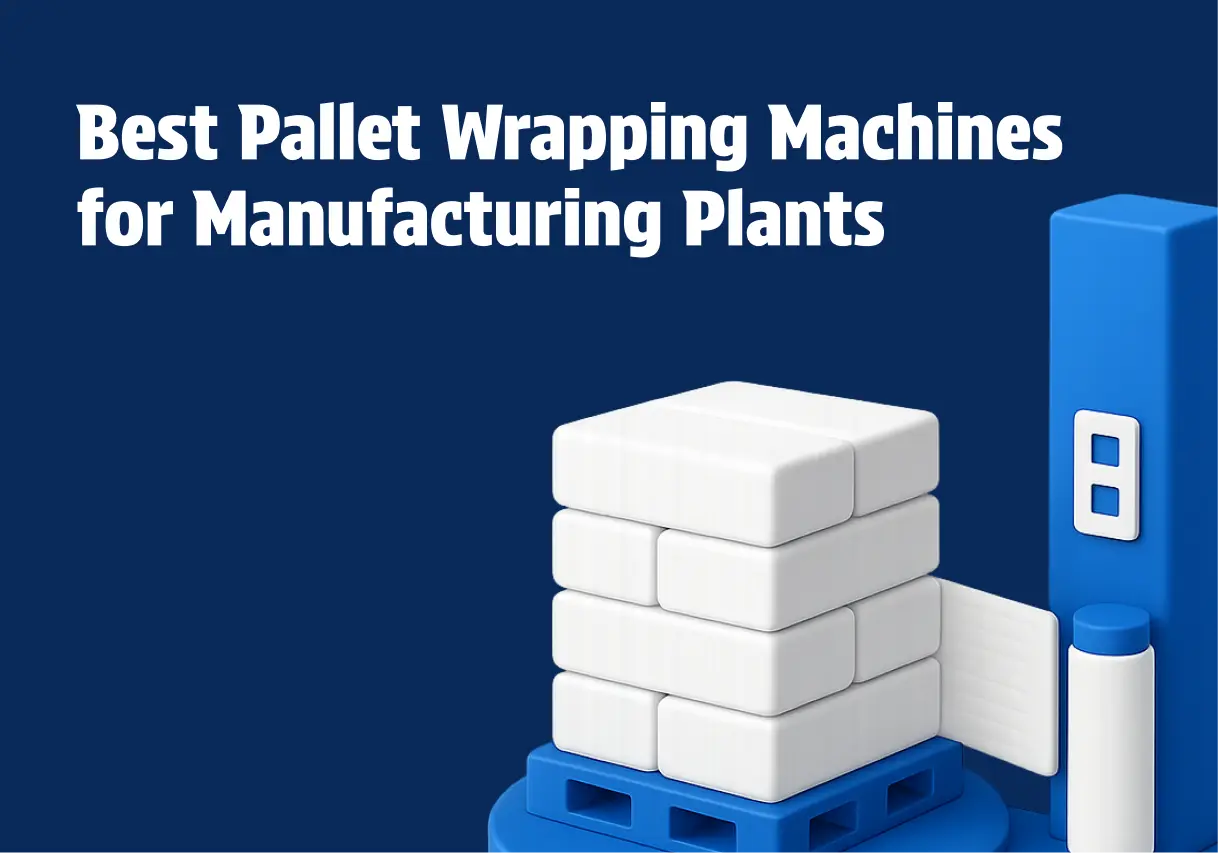
Best Pallet Wrapping Machines for Manufacturing Plants 2025
Explore the best pallet wrapping machines for manufacturing plants in 2025. Learn how to choose, compare key models, and reduce wrapping costs.
